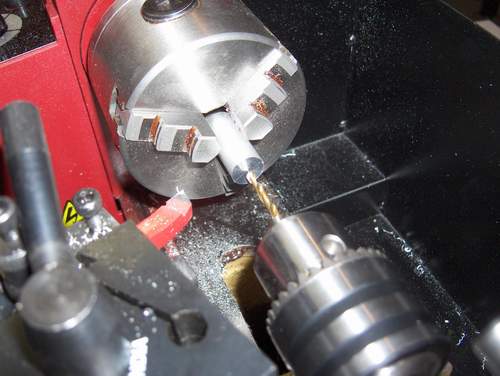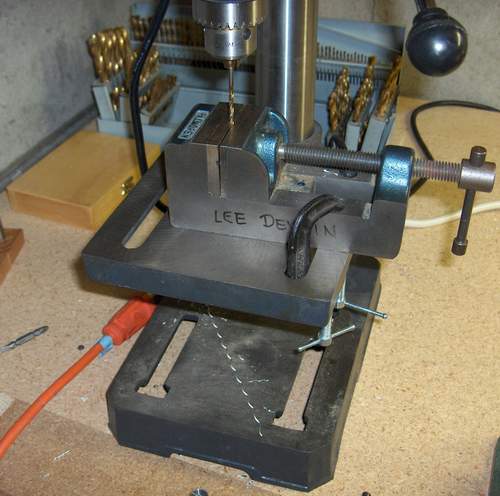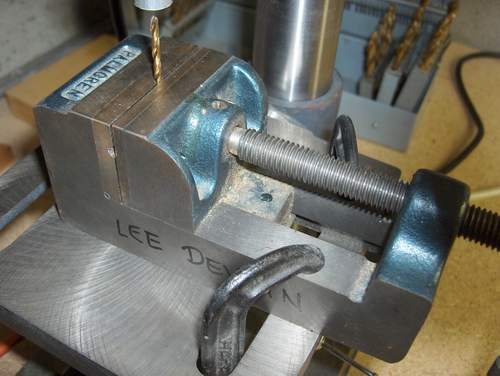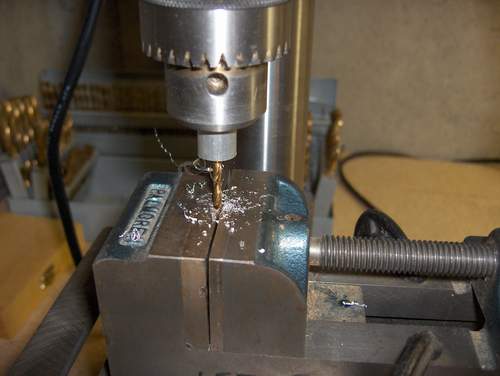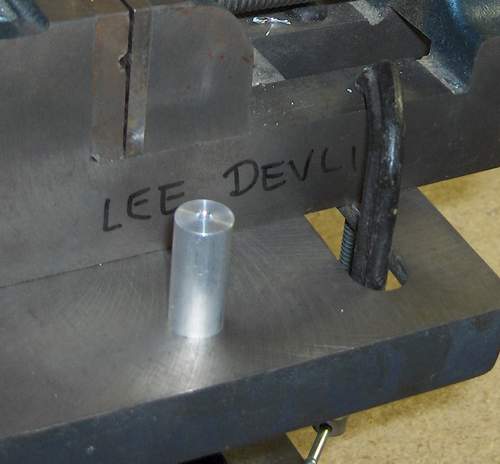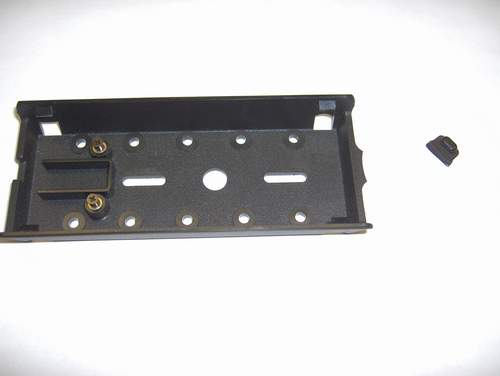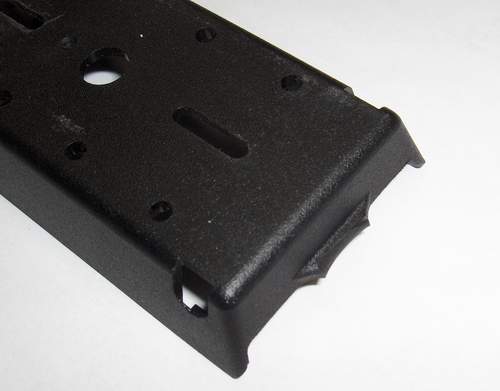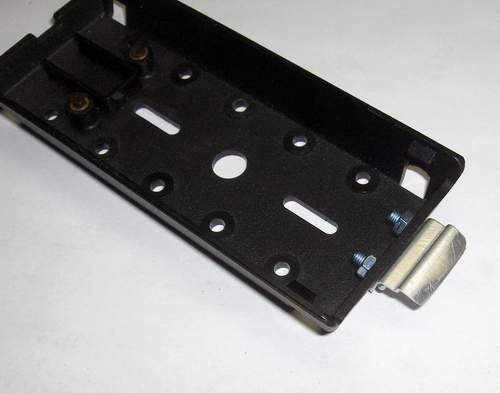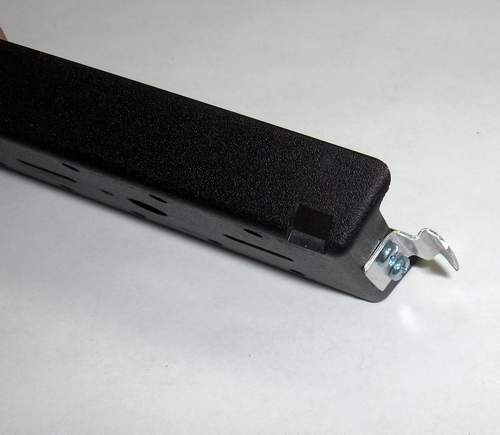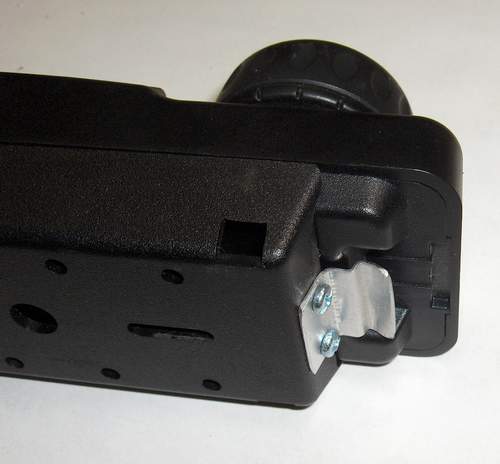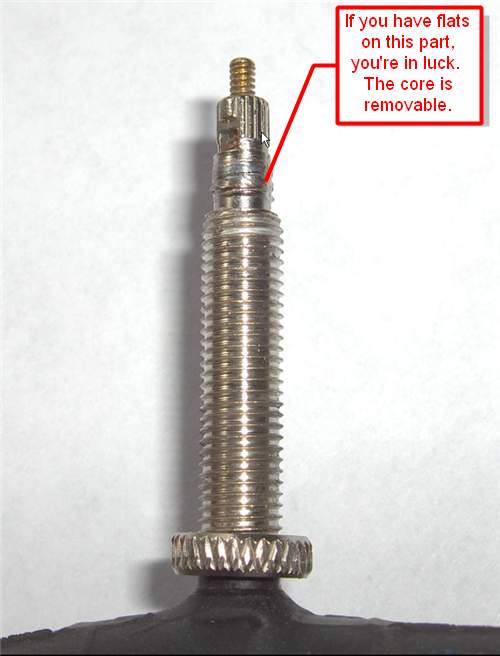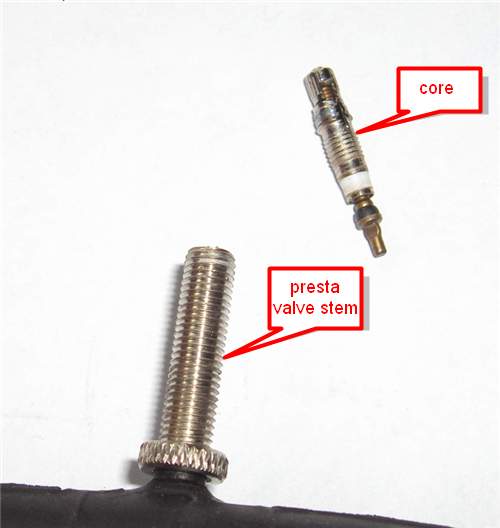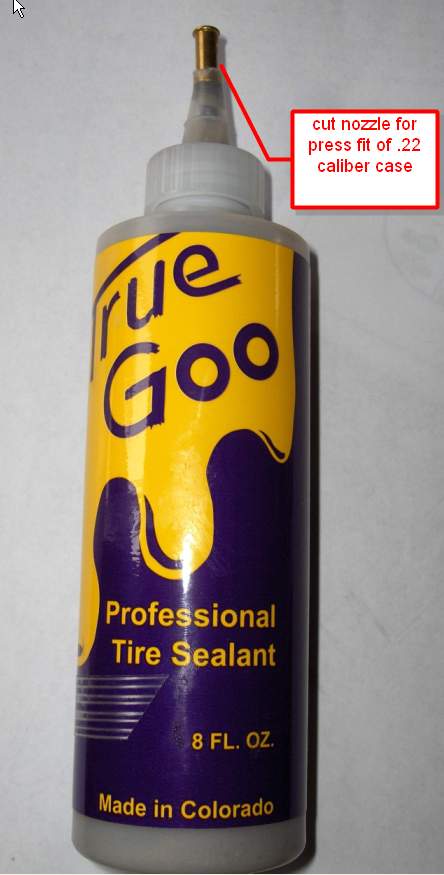I upgraded 3 dual-boot PCs to Ubuntu 9.04, (aka Jaunty Jackalope) over the weekend. One of the motivations for the upgrade was that I heard that it booted in less than a minute, and I can happily report that it really does. I found that it was easier to just download the CD image via bittorrent than to let each computer try to pull down a complete update individually. I had one computer that was still running Ubuntu 7.10, and needed the 8.10 CD to upgrade it first. One of the benefits of Ubuntu is that the updates are easy, but you do have to boot and run the computer periodically because you generally can’t upgrade to the latest release until you have all the updates for the previous release. On a dual boot computer that is only booted to Ubuntu infrequently, it’s easy to get behind a full release, which is what happened in the case of my computer with version 7.10. Having a physical CD has another benefit which I’ll get into later.
I’ve noticed that my Windows computer becomes like a ship at sea, collecting software much the same way that a ship collects barnacles. It also appears to have the same effect: it slows everything down. My friend Chris gets around this problem by completely reinstalling Windows every day. OK, that’s a bit of an exaggeration, but he rarely goes for a month without doing a fresh Windows install. This keeps his Windows boot times down to less than a minute, which is what my boot times were when I had a fresh XP install. How I long for those days. But the OS is just a small part of what I use on my Windows computer. The applications I have would take a day to re-install so re-imaging the OS every month is not practical. And all my customizations would similarly take time to reconfigure. For example, what ever motivated Microsoft to hide file extensions by default? I think that ranks up there as the dumbest idea ever brought to us by our friends from Redmond.
My Windows XP boot times and shutdown times on my main desktop are getting so long that I tend to leave it on all the time. In case you think I’m a Luddite for using XP, I have tried Vista and found that it provided no advantages over XP and hid everything I knew how to find previously. I watched my productivity plummet as I struggled to find all the useful things you need on a Windows computer (like a DOS prompt ;-). I will wait for Windows 7 and see if they fix that egregious error, i.e., a gratuitous rearranging of menus and locations of utilities. Now that Linux is booting in less than a minute, I may use it instead of Windows for many of my computing needs. I may even turn it off at night. The majority of what I do on the computer is related to editing, email, and Internet access, which Linux does just fine. I switched over to Thunderbird and Firefox more than a year ago and don’t miss Outlook or IE at all. I’ve also been relying more on Gmail to consolidate most of my email addresses and it works great on Thunderbird, or the web browser, or even on the iPhone.
Who wants to wait for 5 minutes to look up something on the Internet? Not me, and I know I’m not alone. More and more people are leaving their computers on all day (and sometimes all night) to avoid having to endure a long boot time. Leaving a computer on 24×7 wastes energy, of course, but it saves time. The wasted electricity will be less than the cost of lost productivity if you’re continually waiting for the computer to reboot because you shut it off whenever you don’t need it. A typical desktop uses about 1 cent in electricity per hour (assuming a 100 watt average draw) or about a fifth of that for a laptop. Even at the U.S. minimum wage of $6.55/hour, a person’s time is worth more than a 10 cents every minute. But if you leave several desktop computers on all month long, each one would add about $7.30 to your monthly electric bill, so even though a penny an hour doesn’t sound like much, it does add up over time, especially if you’ve got some fire-breathing gaming PC with 10 fans trying to keep it cooled, like some people I know.
The culprits that seem to really slow down the computer in my case are those annoying yet necessary programs that have services that run all the time in the background. The instant messenger clients have become particularly bad over time, with Yahoo and MSN loading up many unrelated items to try to get you to visit their sponsor’s websites. I have found pidgin on Linux helps consolidate multiple chat clients into one that isn’t a constant source of spam or other distractions.
I like to use Linux because it doesn’t seem to be much affected by the performance-robbing effect of adding programs like Windows does. Perhaps Linux programs just work better together and go to sleep when not in use. And they don’t seem to affect the shutdown time as much either. In Windows, it invariably has to wait for programs that are no longer responding during a shutdown (and then kill them) and it takes a while to get through the list. It’s no wonder people dread a reboot when installing software on Windows. The Ubuntu systems shut down completely in about 15 seconds or less. I often wait for several minutes for my Windows systems to shut down. It seems like the shutdown time increases in proportional to the time the computer’s been running.
I can go for many hours sometimes without having to use Windows. But I don’t think I can use Linux exclusively. Invariably, there’s a program that I’ll need to use that only runs on Windows. Also, I don’t want to be one of those annoying Linux bigots who haughtily dismisses anyone who uses Windows (or Macs).
One of the other issues associated with having multiple computers is that no two will be alike. For example, your bookmarks, applications, plugins, files, email, etc., all tend to require local data and settings that don’t propagate through to the other computers. The proposed solution to that, of course, is to move all your data and applications to the ‘cloud’. I have done that with my bookmarks, using Google’s bookmark app and toolbar, but it’s hard to get everything into the cloud. Also it is not without its own set of issues, and one of them is that you need to have a persistent Internet connection without which you can’t get anything done. You also place a lot of trust in the vendor who runs the cloud, perhaps too much trust, in keeping your data safe and private. So far, many cloud services are ‘free’, but in the future, you may have to pay some fee to keep using them, but they’ll only implement that policy after you’ve become completely dependent on them.
I’ve experimented with using a combination of portable computing approaches over the years including a flash drive (both U3 and PortableApps) but I’ve been thinking that a flash drive with the OS and everything else like your programs and data on it would be even more useful. Well, there is a feature on Ubuntu that allows you to take a live CD and make a complete bootable operating system with a USB thumb drive. Now that flash drives are getting big enough to store not just data, but all the applications as well as an entire operating system, it just may be time for the flash-based virtual computer. I made up a Ubuntu boot flash drive yesterday and found that I was able to boot perfectly on 4 separate computers. It usually takes a bit of fiddling with the BIOS to get it to work, but it comes very close to having a total computing enviroment that fits in your pocket and remembers its state and all the other things that a truly ‘personal’ computer will remember.
USB flash memory isn’t as fast as a hard drive, taking several minutes to boot to the OS, but it’s actually quite usable. But putting all your data on one device is like having all your eggs in a single basket. If you lose the flash drive, it’s almost as bad has having your computer stolen, and so it needs to have a workable backup solution too, but that shouldn’t be too difficult if you could copy your data to a networked backup drive whenever you were working. You don’t really need to copy the applications or OS, since those can easily be downloaded again.
I really like the idea of the USB bootable flash drive. It had been a few years since I last experimented with it using DSL (damn small linux) which, at an image limit of 50MB, was just too ‘DS’ for me. But with an 8GB flash drive, I easily fit a complete Ubuntu 9.04 distribution on it, and I put Apache, MySQL and PHP on it as well. Imagine that, a server that fits in the palm of your hand! Well, almost, since you still need a motherboard to run it on. Next time, I’ll write about my new low-power computing platform built from an Atom Mini-ITX board and chassis.


